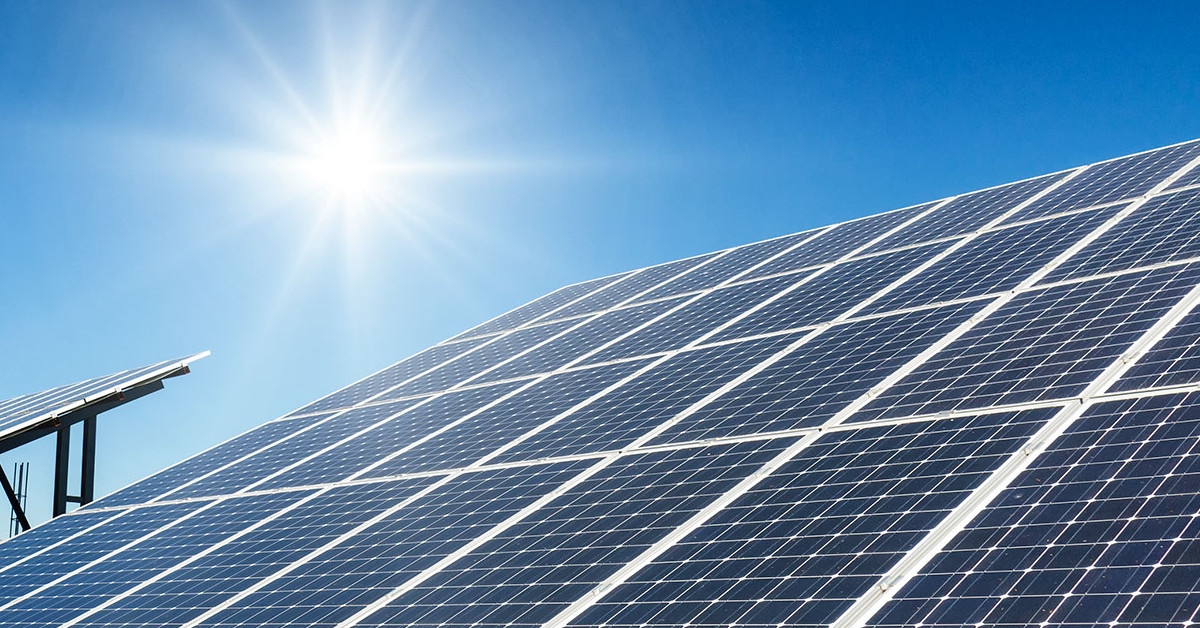A photovoltaic (PV) cell, also known as a solar cell, is a device that converts light energy into electrical energy. This technology has become increasingly important as a source of renewable energy, particularly in the last few decades as concerns about climate change and environmental sustainability have grown.
The basic operation of a photovoltaic cell is based on the photoelectric effect, first discovered by Albert Einstein in 1905. The photoelectric effect describes the phenomenon of electrons being emitted from a metal surface when light is shone on it. In a PV cell, this effect is used to generate a flow of electrical current.
A typical photovoltaic cell consists of a thin layer of semiconductor material, usually made of silicon. The silicon is treated with impurities to create regions of negative charge (n-type) and positive charge (p-type), forming a p-n junction. When photons (particles of light) strike the surface of the cell, they can be absorbed by the semiconductor material, causing some of the electrons in the material to gain enough energy to break free from their atoms and move toward the p-n junction.
As the free electrons move toward the p-n junction, they create an electrical potential difference between the n-type and p-type regions. This potential difference, or voltage, can be used to drive an electric current through an external circuit, such as a battery or a motor. This is the basic principle of a solar cell.
There are several different types of photovoltaic cells, but the most common type is the crystalline silicon cell. These cells are made from a thin slice of single-crystal silicon, which is cut into wafers and treated with impurities to create the n-type and p-type regions. The wafers are then wired together to form a larger PV module.
Another type of PV cell is the thin-film cell. These cells are made by depositing a thin layer of semiconductor material onto a substrate, such as glass or plastic. The thin film is treated with impurities to create the n-type and p-type regions. Thin-film cells are generally less efficient than crystalline silicon cells, but they are cheaper to produce and can be used in a wider range of applications.
PV cells are most commonly used in solar panels, which are used to generate electricity from sunlight. Solar panels can be installed on rooftops, on the ground, or even on spacecraft. They are used to power homes, businesses, and other buildings, as well as to provide electricity for remote areas and off-grid applications.
One of the main advantages of PV cells is that they do not produce any greenhouse gases or other pollutants when generating electricity. This makes them a clean and sustainable source of energy. However, there are also some challenges associated with the use of PV cells. One of the main challenges is the cost of the technology, which can be relatively high compared to other sources of energy. Another challenge is the variability of sunlight, which can make it difficult to rely on solar power for constant, uninterrupted electricity generation.
Despite these challenges, the use of photovoltaic cells is expected to continue to grow in the coming years. Advances in technology and manufacturing processes are expected to bring down the cost of PV cells, making them more competitive with other sources of energy. In addition, the growing concerns about climate change and the need for sustainable energy sources are likely to drive demand for solar power and other forms of renewable energy.

Leave a Reply